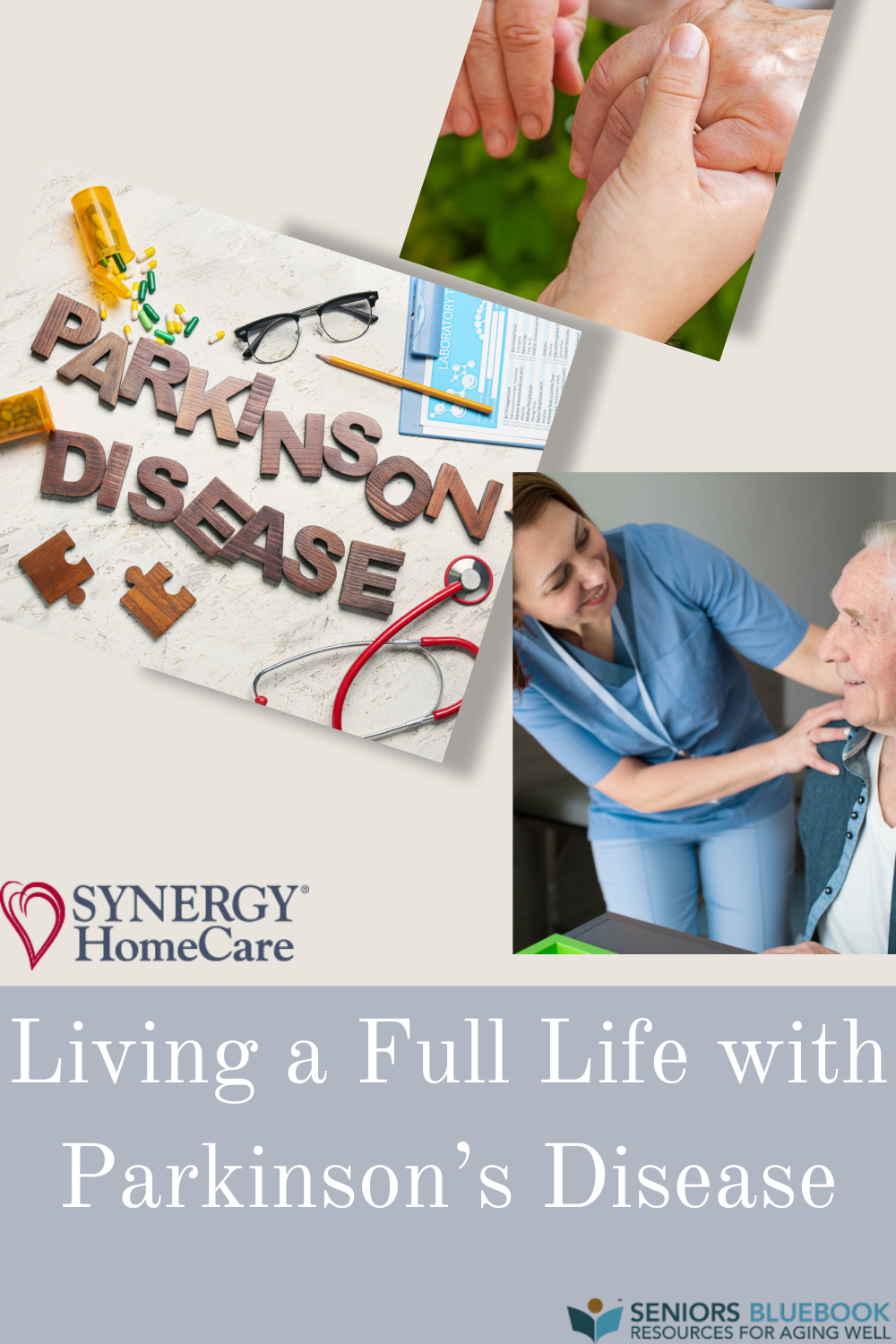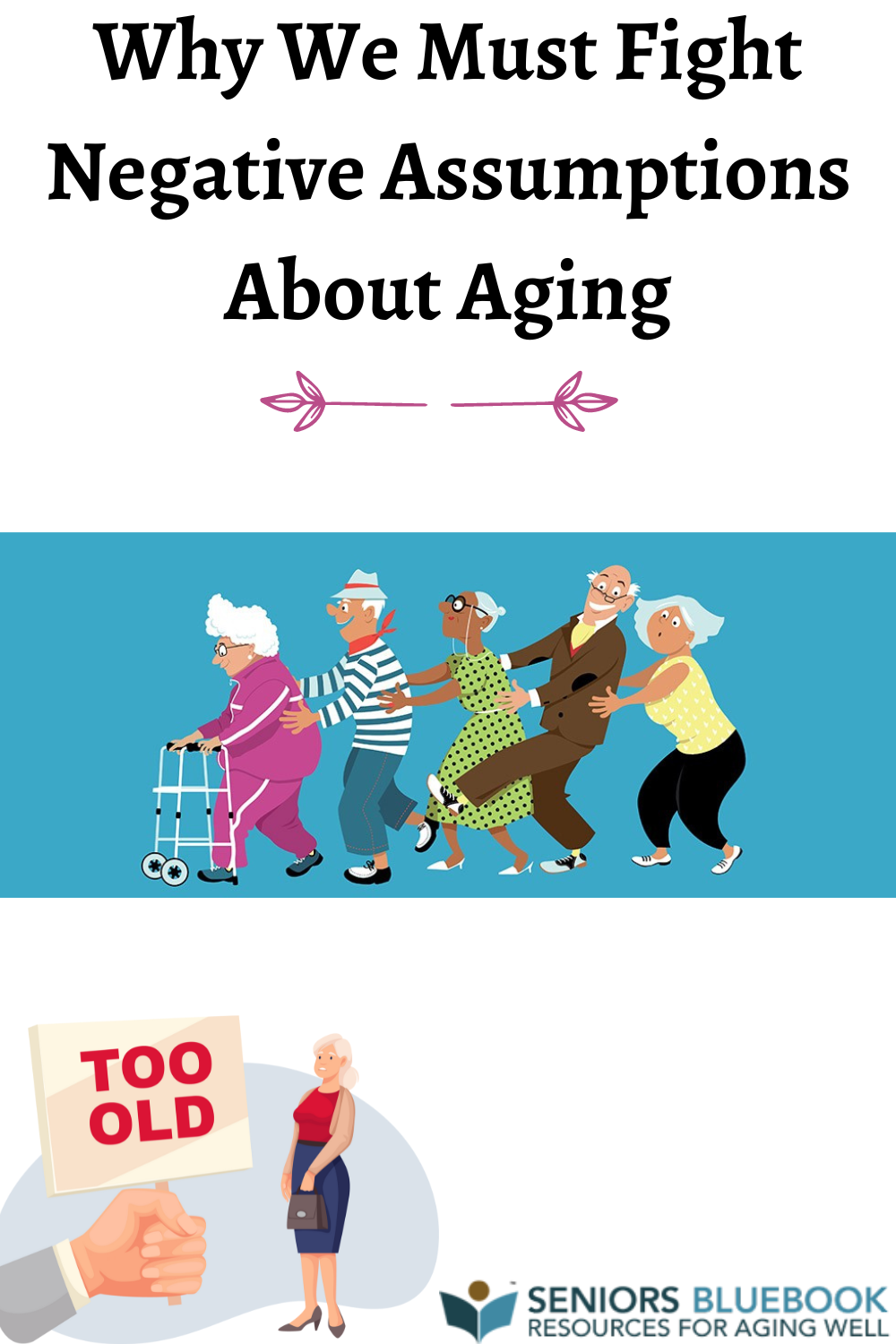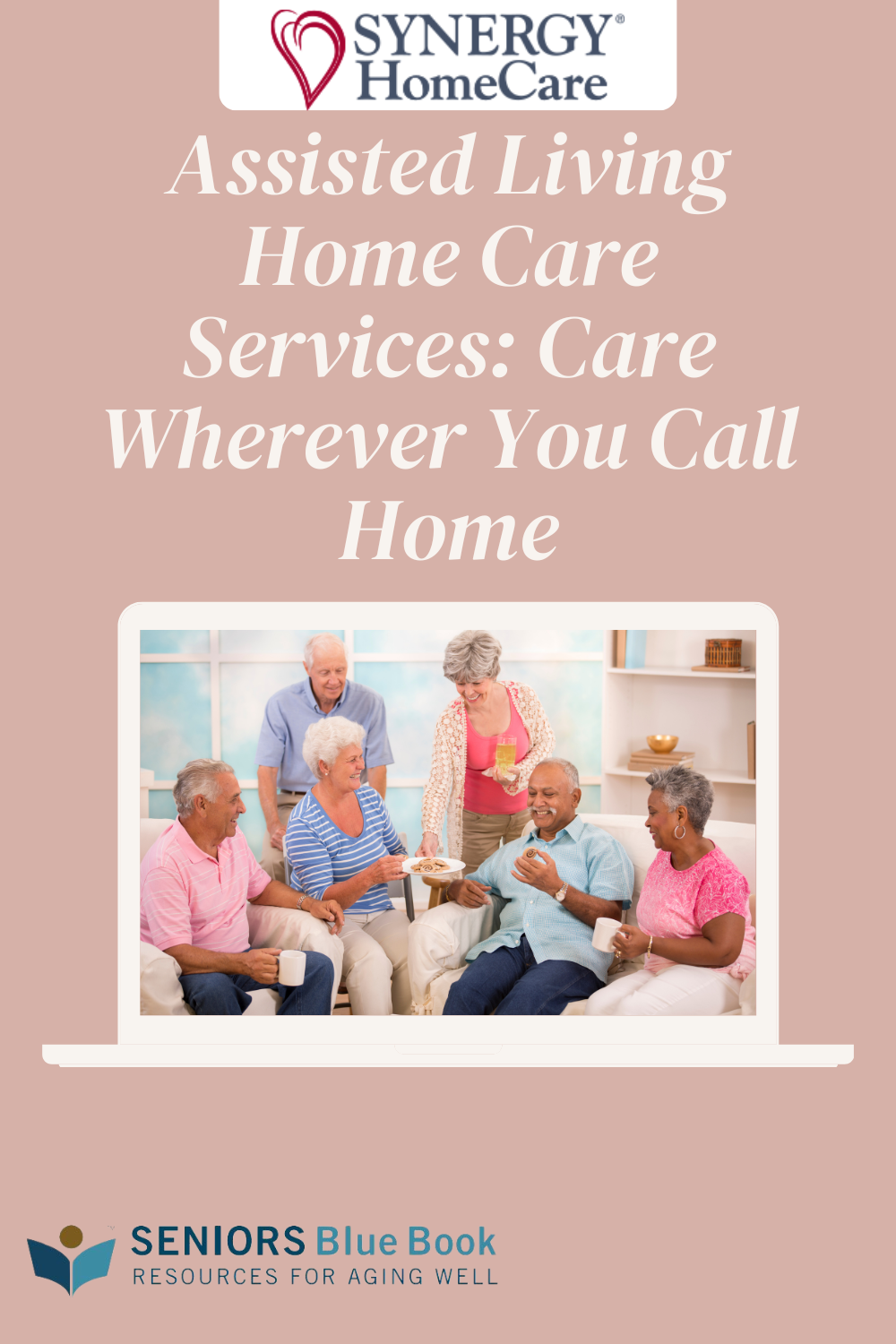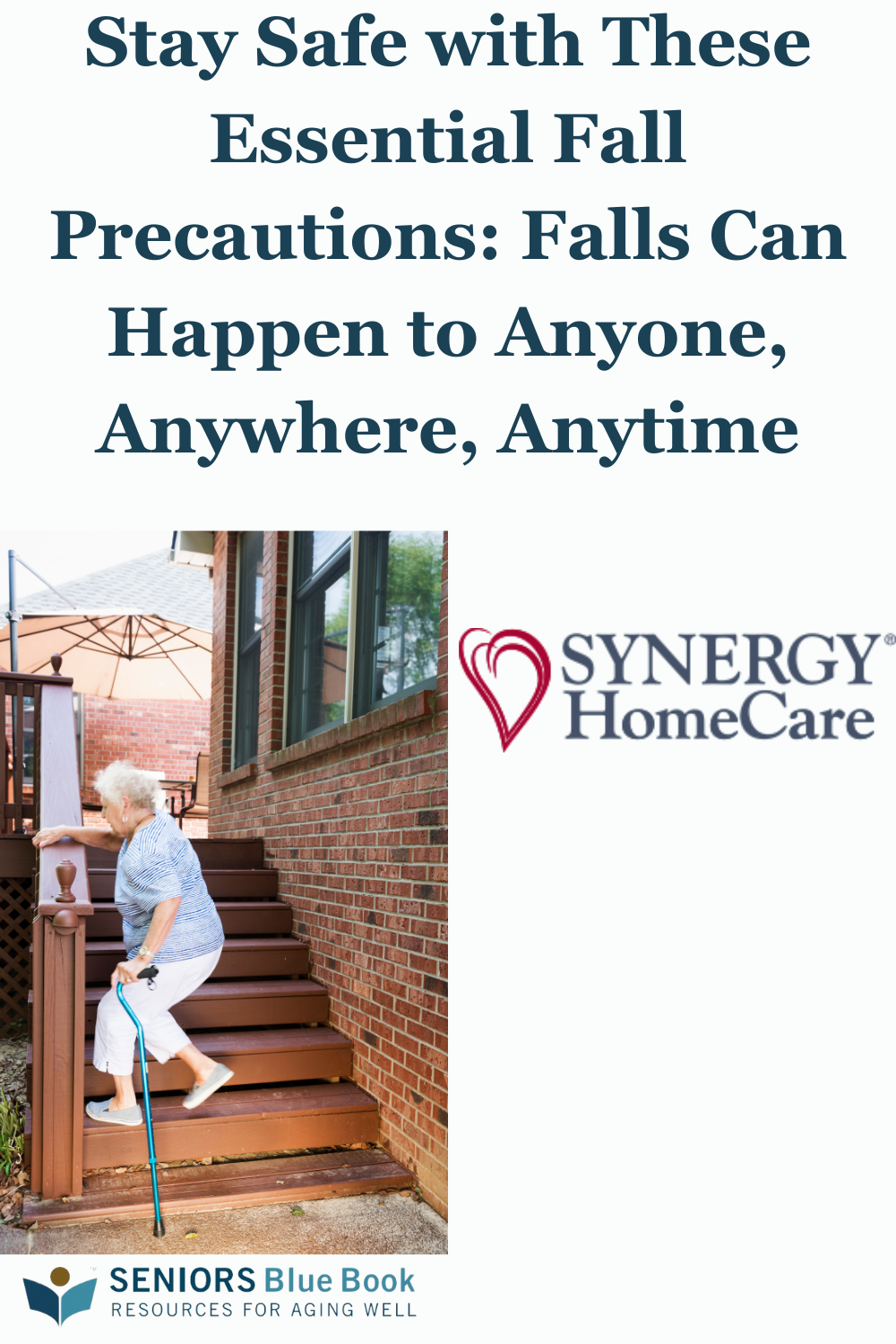Ive spent the bulk of my career focused on building strategic partnerships that enhance service delivery in several health care sectors, including homecare. Im a self-professed nuts and bolts kind of guy where small tweaks can often make big changes.But Im focused on the big picture as well. And something came into my view recently that is sure to make a significant impact on our industry.That is, how we talk about aging.As a society, we often dont like to talk about aging and all the things that come along with it. That may be why we experience pervasive ageism and a negative connotation to growing older.A recent conference sponsored by the trade publication Advertising Week attracted members of creative industries such as marketing, technology and culture to bring key issues and ideas to the forefront. This four-day event with more than 800 speakers drew thousands in the advertising industry.I noticed that AARP was involved in two prominent sessions: The Rise of the 50+ Tech Consumer and Why Ageism Must Be Part of the DE&I (Diversity, Equity and Inclusion) Discussion. Martha Bourdreau, AARPs chief communications & marketing officer, was joined on the stage by Kristin Flanik, who is president and CEO of the advertising agency power BBDO NY.First of all, congratulations to AARP for bringing these topics to the forefront. It is fantastic that ageism is being addressed by the advertising industry, which tends to ignore older demographics because they are not considered target markets. As they wrote in their session description, those over 50 make up 47% of the U.S. population and drive more than $8.3 trillion in annual economic activity. Clearly, the aging demographic should not be ignored.But the aging population is hindered by stereotypes in advertising. It wasnt that long ago that E-Trade received negative reactions to its This Is Getting Old commercial during the 2018 Superbowl. The following year, Fast Company noted that ads geared toward older consumers tended to be condescending at best and offensive at worst. More recently, author Ken Dychtwald addressed the continuation of ageism in advertising in an AARP article, saying ads that show contempt for older people are still far too common.Thats why I appreciated a recent article in New York Magazines recurring column, The Strategist. Staffers put together a 57-question survey for Strategist readers 65 and older. Included were questions about their most beloved clothing brands, their most coveted electronics and the gifts they love to use.Guess what? They are busting stereotypes! They are interested in looking good and feeling good. Sixty-one percent shop online at least once a week. The stationary bike is a big post-retirement buy. Hoka and Nike are mentioned as prominent shoe brands. They debate the merits of Kindles vs. iPads.This doesnt sound like the end of the road for an aging population. And thats great, since we know that by 2035 there will be more people 65 and older than those 18 and younger for the first time ever.Those of us working on the front lines with an older population should pay attention to these trends and share them broadly. We are the ambassadors of the aging process, which is why were in a great position to influence how we talk about aging. Here are some ways to do it.1. Change the language. Take a look at Words Up: A Guide to Inclusive Language, a report from an advertising agency that tackled numerous aspects of Diversity, Equity and Inclusion (DEI), including ageism. After addressing stereotypical ads, they came up with a series of words that should be welcomed and those to avoid:Adopt these words: older, an elder, mature, wise, seasoned, experiencedAvoid these words: old person, golden years, elderlyPersonally, Im on a mission to eliminate the use of term elderly. Getting older is part of life. Elderly connotes an affliction, not a life stage.2. Focus on later semesters. Our SYNERGY HomeCare gerontologist Dr. Macie Smith refers to aging as another semester in life. Think about high school and college. Werent our last semesters so much better than the early ones? Aging is part of lifes education. Our clients are still learning, doing, growing, caring and loving. Lets work to always share these examples. And we should always be trying to learn from them, and then share their wisdom, as we all work to show these later semesters should be welcomed, not feared.3. Embrace positivity. Unfortunately, many of us are dealing with older people who have physical and cognitive concerns. But that shouldnt stop us from saying wonderful things about our clients and what they have achievedand are achievingin life. Lets emphasize the joys we bring our clients, the joys they bring us, the pleasures in their days and the things theyve done and learned. During our SYNERGY Effect ad campaign, we focused on how we propel lives forward. We all do that every day. Lets make sure we share it.4. Say something. I was on a video conference recently and one of the participants on the call said, I was in a store and this old cashier lady I stopped the call and politely said, Why did you say old cashier lady? Isnt it great that shes able to live her life and still work? Sure, its not easy to correct someone, but we should all do it.Ive concluded that even though Im not a marketer, I am in marketing. The interactions we have every day provide us with great insight in the positives of aging. Lets commit to showcasing them.If you have any questions, please call Synergy HomeCare - Boulder 303-465-4663.
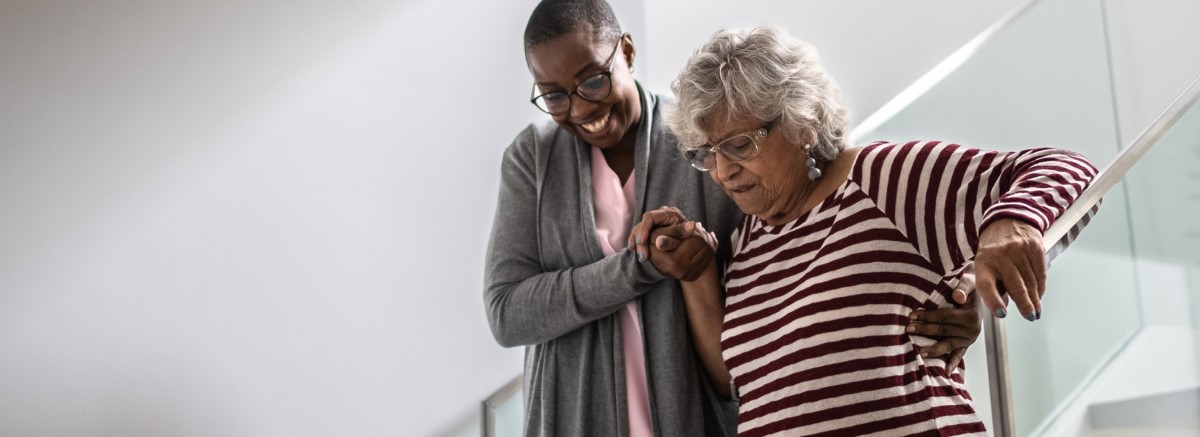

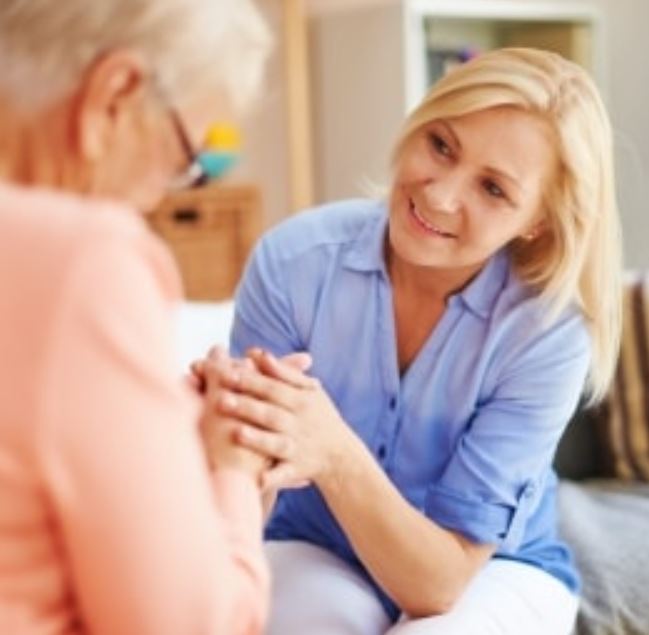


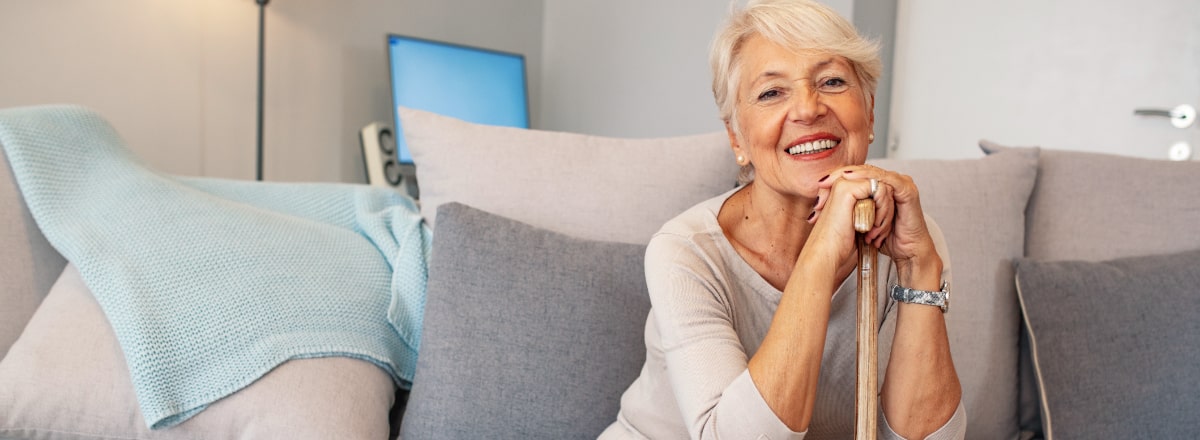

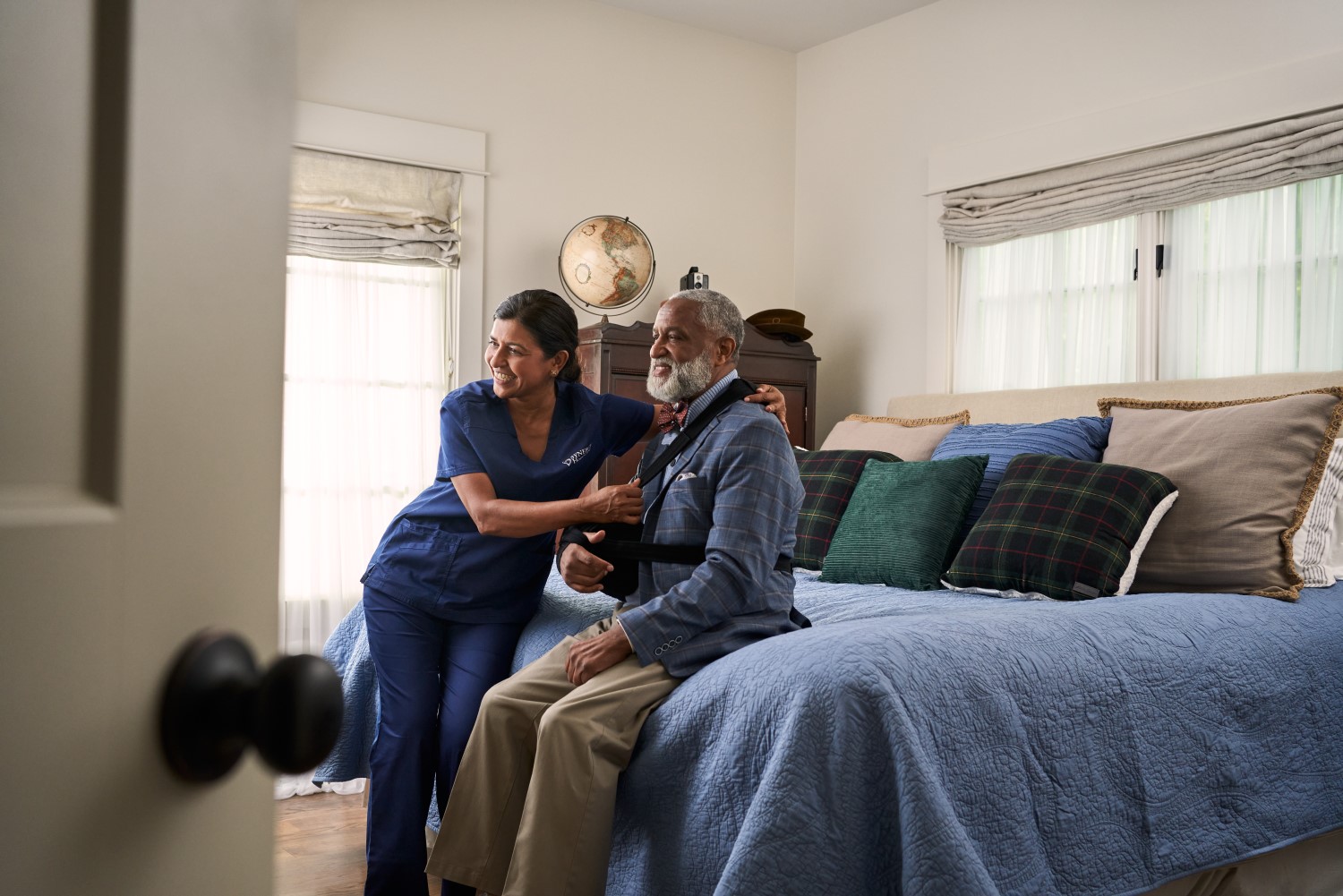
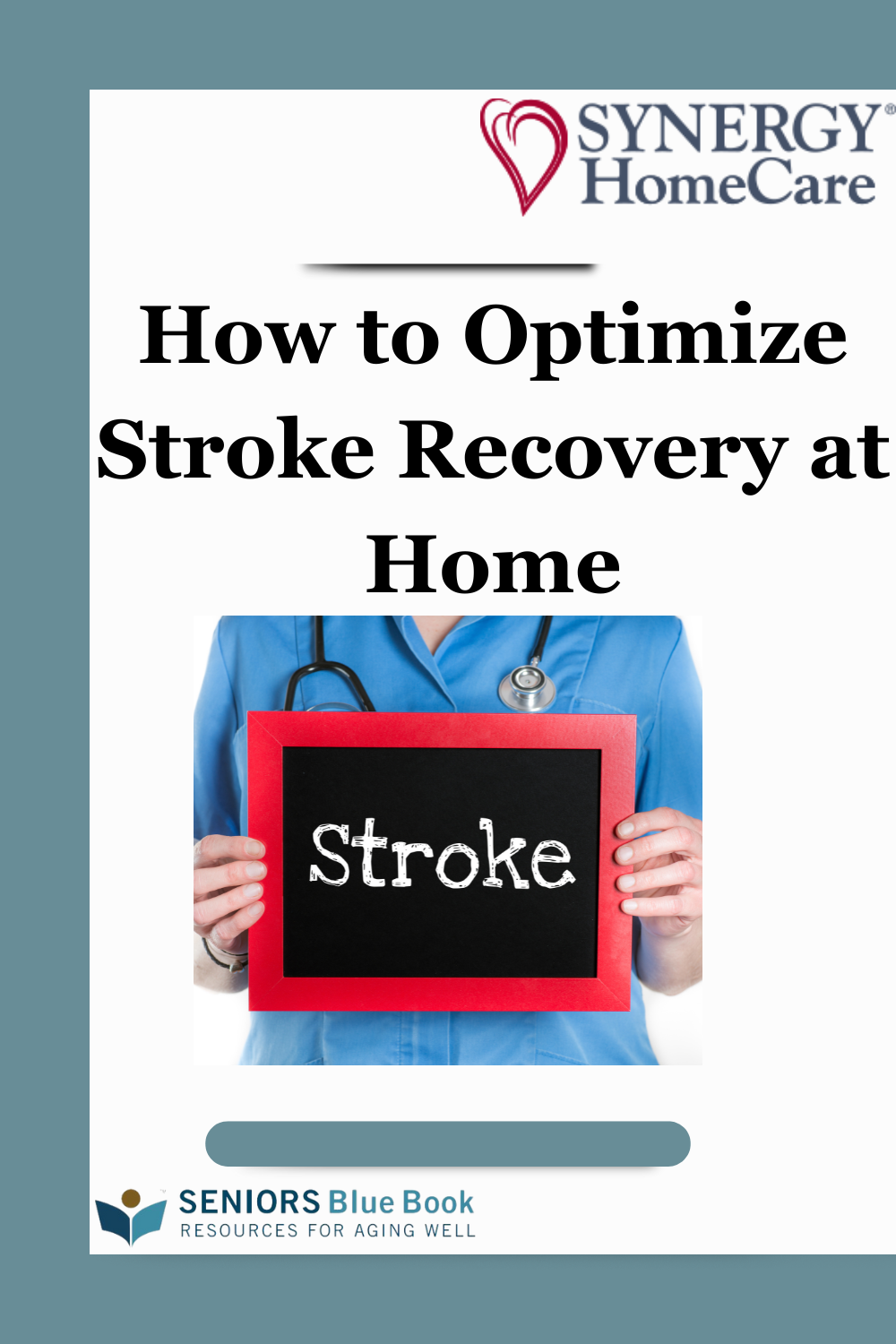
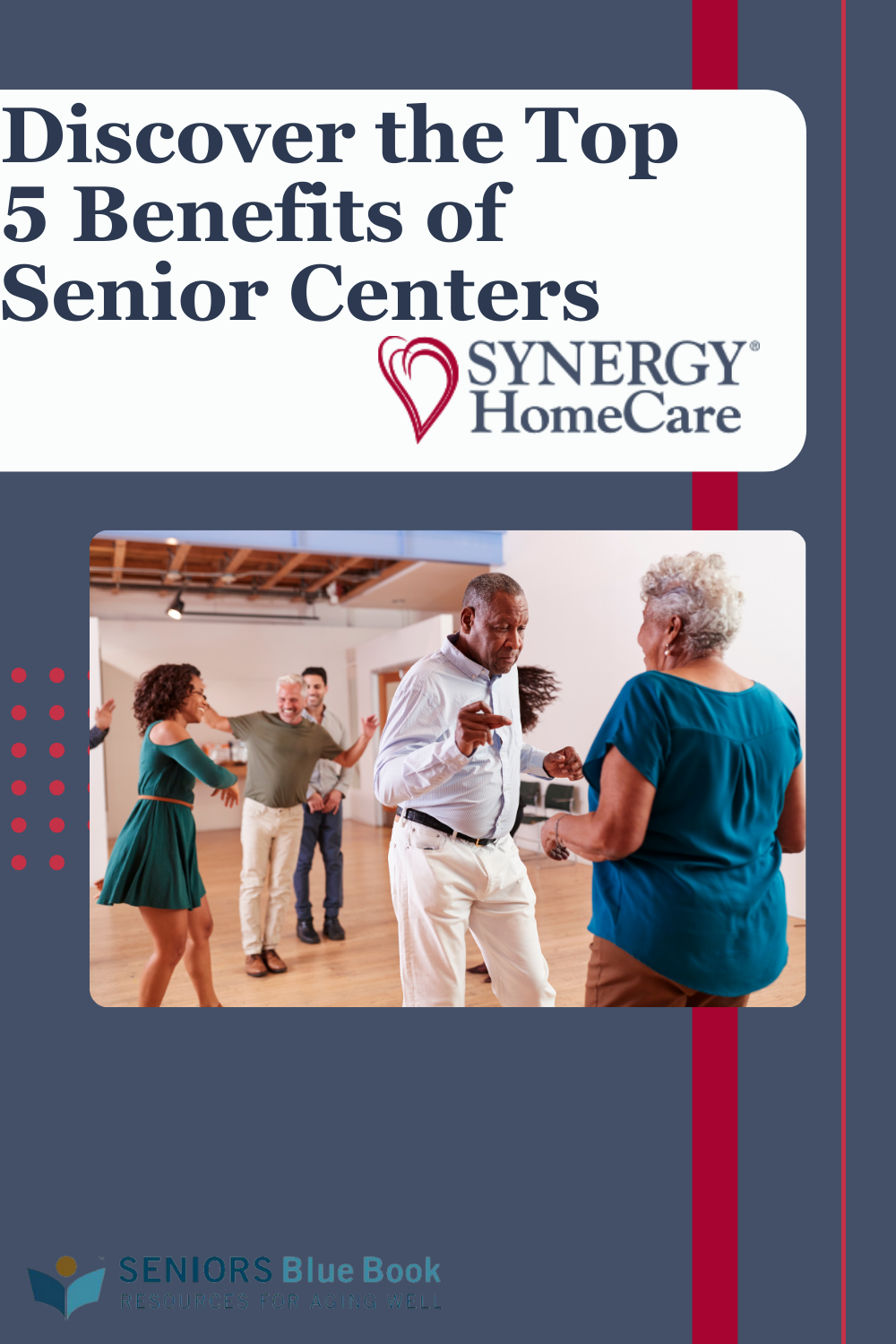
 Can Help Family Caregivers.png)
